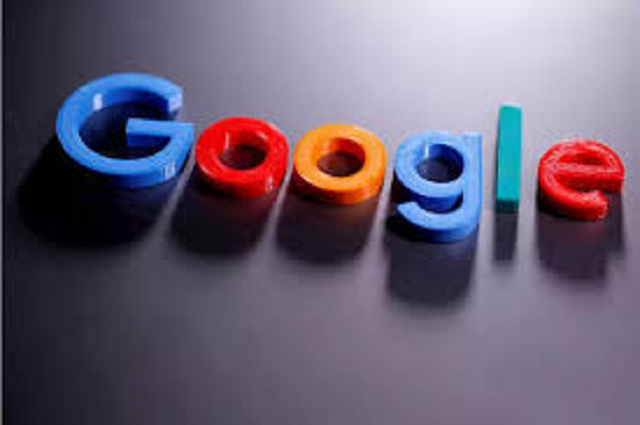Google said Monday it was adding fact-check labels to images as part of its efforts to stem visually misleading information.
The new labels will be attached to the underlying web pages of photos and videos which appear in a Google search, the tech giant said.
Google showed how the fact-checking system works with an illustration of a widely circulated set of images which showed — falsely — sharks were swimming in the streets of Houston after a 2017 hurricane.
“Photos and videos are an incredible way to help people understand what’s going on in the world. But the power of visual media has its pitfalls — especially when there are questions surrounding the origin, authenticity, or context of an image,” said Google product manager Harris Cohen.
“Starting today, we are surfacing fact check information in Google Images globally to help people navigate these issues and make more informed judgments about what they see on the web.”
The new labels will be based on the ClaimReview database established by independent fact-checkers.
“Now, when you search on Google Images, you may see a ‘Fact Check’ label under the thumbnail image results,” Cohen said.
“When you tap one of these results to view the image in a larger format, you’ll see a summary of the fact check that appears on the underlying web page. These labels may appear both for fact check articles about specific images and for fact check articles that include an image in the story.”
Google said the new labels won’t affect search rankings: “Our systems are designed to surface the most relevant, reliable information available, including from sources that provide fact checks,” Cohen said.
Source: Channels TV














